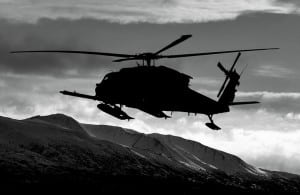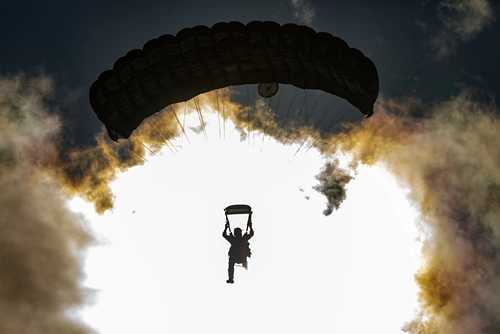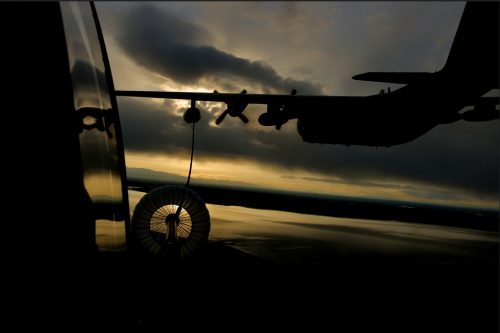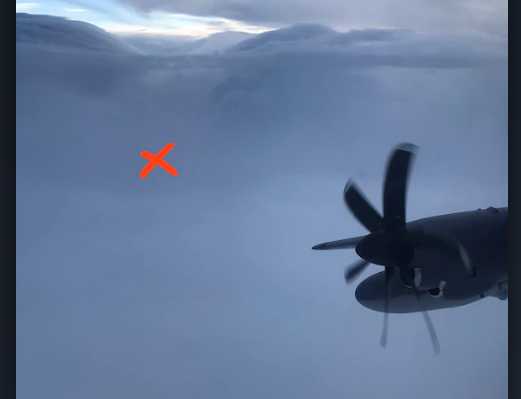
JOINT BASE ELMENDORF-RICHARDSON, Alaska — Search and rescue Airmen of the Alaska Air National Guard’s 176th Wing completed their 2,000th rescue mission Jan. 4 when they rescued a distressed PA-18 Super Cub pilot on the west side of Mount Susitna.
According to Alaska Air National Guard Senior Master Sgt. Evan Budd, Alaska Rescue Coordination Center superintendent, the mission was opened after the pilot manually activated his personal locator beacon transmitter when temperatures dropped to 20 below zero.
An HH-60G Pave Hawk helicopter from the 210th Rescue Squadron launched from Joint Base Elmendorf-Richardson. Aboard the helicopter were two highly trained 212th RQS pararescue specialists commonly known as “PJs.”
Using night-vision goggles and forward-looking infrared, the HH-60 aircrew located the pilot despite low visibility. Once the helicopter was in a hover, the PJs were hoisted approximately 100 feet down to the patient. He was recovered with minor frostbite injuries and transported to Providence Alaska Medical Center for medical treatment.
Budd reminds all pilots that the 406MHz emergency locator transmitter is critical to an effective rescue. The lack of a functioning ELT on the aircraft led to an eight-hour delay in his rescue. Eventually, the pilot remembered he had a hand-held 406MHz personal locator beacon, which he activated. The signal was received by the AK RCC and capable rescue assets were dispatched.
For this mission, the 210th and 212th Rescue Squadrons, and the AK RCC were awarded one save.
Alaska Air National Guard Col. Anthony Stratton, 176th Wing commander, highlighted the significance of the milestone.
“Though it’s a rescue mission like the dozens we have carried out in the past year, it just goes to show the wing’s continued dedication to rescuing our fellow Alaskans statewide,” he said. “We can always count on the training, professionalism and drive of every Airman in the wing and the Alaska RCC.”
Since assuming search and rescue alert in 1991, the Alaska Air National Guard’s 176th Wing has executed 2,000 civilian rescue missions and saved 1,749 lives.
###








